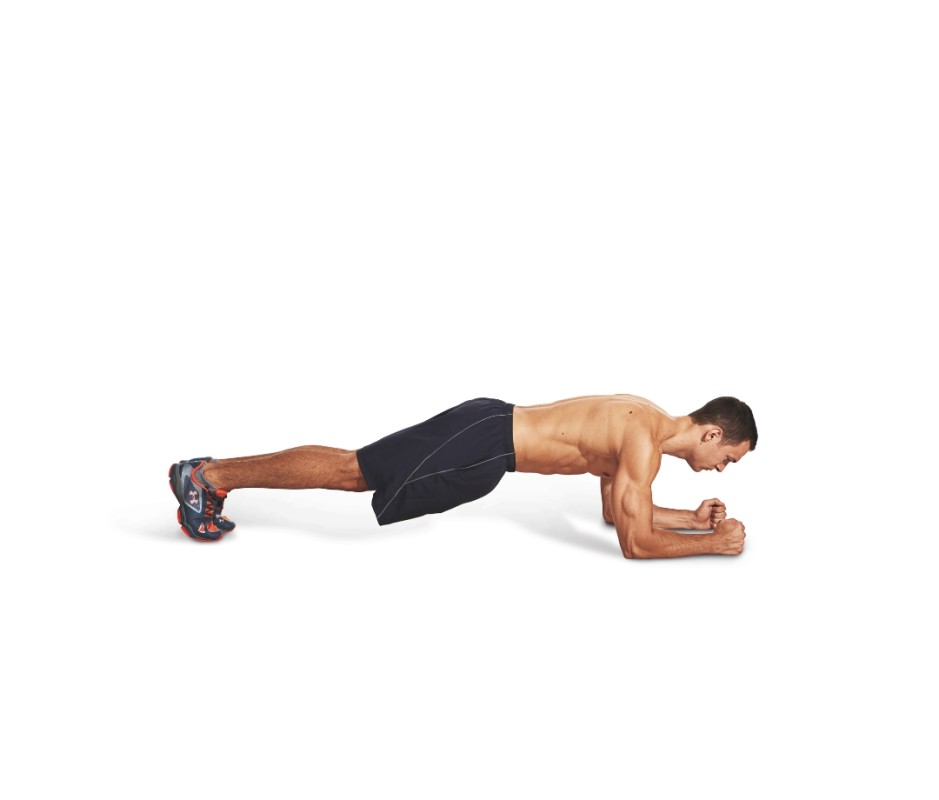The Comprehensive Guide to the Plank Exercise
The plank exercise has roots in ancient yoga practices and has become a staple in contemporary fitness regimens. This isometric core workout strengthens not only your abdominal muscles but also plays a significant role in improving overall stability and endurance.
Importance of Core Strength
Beyond aesthetics, developing a strong core is essential for any fitness goal, as it underpins effective lifting and daily activities. According to Dr. Elizabeth C. Gardner, a Sports Medicine Orthopaedics Specialist, “Planking is a great core exercise, which helps to protect the spine during other activities, such as lifting and bending.”
Benefits of Planking
Planks contribute to muscle memory, enabling your body to brace itself properly during other exercises. This foundational strength assists in lifting heavier weights in exercises such as squats, deadlifts, shoulder presses, and bench presses. Dr. Gardner also notes that improved posture is another advantage, particularly beneficial for those with sedentary jobs that promote poor alignment.
Accessibility and Versatility
One of the foremost advantages of the plank is its convenience; no equipment is necessary, allowing you to perform it virtually anywhere. As Dr. Gardner states, “One of the greatest benefits is that it is free and convenient.” This makes it an excellent addition to any fitness routine.
How to Execute a Proper Plank
- Begin on the floor as if preparing for a push-up.
- Bend your elbows at 90 degrees, resting your weight on your forearms.
- Ensure your elbows align directly beneath your shoulders.
- Your body should form a straight line from head to heels, avoiding sagging hips or elevated bottoms.
- Engage your core and hold this position for as long as you can, aiming for 30 seconds initially and progressing toward two minutes.
Muscles Engaged During the Plank
According to Dr. Marc Taczanowski, the plank effectively targets numerous muscle groups, including:
- Shoulder stabilizers
- Spinal stabilizers
- Core muscles
- Quadriceps
- Hip flexors
- Glutes
The contractive action of the transversus abdominis (TVA) greatly supports lower back stabilization during planking, creating an internal pressure that reinforces your core.
Avoiding Common Mistakes
Proper form is crucial for effective planking. Dr. Gardner emphasizes that many individuals underestimate the complexity of positioning. Incorrect posture can undermine the exercise’s benefits and strain other joints. Key mistakes to avoid include:
- Holding your breath or breathing shallowly, which may prevent the correct activation of core muscles.
- Neglecting body alignment, causing potential strain.
It is essential to maintain a neutral spine while actively contracting your core. As the exercise progresses, retaining good form becomes increasingly important to prevent injury.
Plank Variations to Enhance Your Routine
Active Plank
- Start face down, supporting your weight on your forearms and toes.
- Keep your elbows bent at 90 degrees and legs fully extended.
- Engage your abs by performing a “bracing maneuver.”
Knee Plank
- Assume a standard plank position but rest your knees on the floor, with elbows under shoulders.
- Ensure your hips are level with your shoulders and knees, maintaining a straight line.
- Tilt your pelvis slightly and engage your core and glutes.
Side Plank
- Lie on your side with legs stacked and straight.
- Place your forearm on the ground, elbow beneath your shoulder.
- Lift your hips off the ground, forming a straight line.
Plank Pull Through
- Begin in a high plank position with hands under shoulders.
- Place a weight beside you, then reach under your torso with the opposite hand to pull it underneath your body.
- Alternate sides while maintaining a stable plank position.
Incorporating these variations can increase the challenge of your workout and engage different muscle groups effectively. Planking is a versatile exercise that can enhance strength, stability, and overall fitness.
